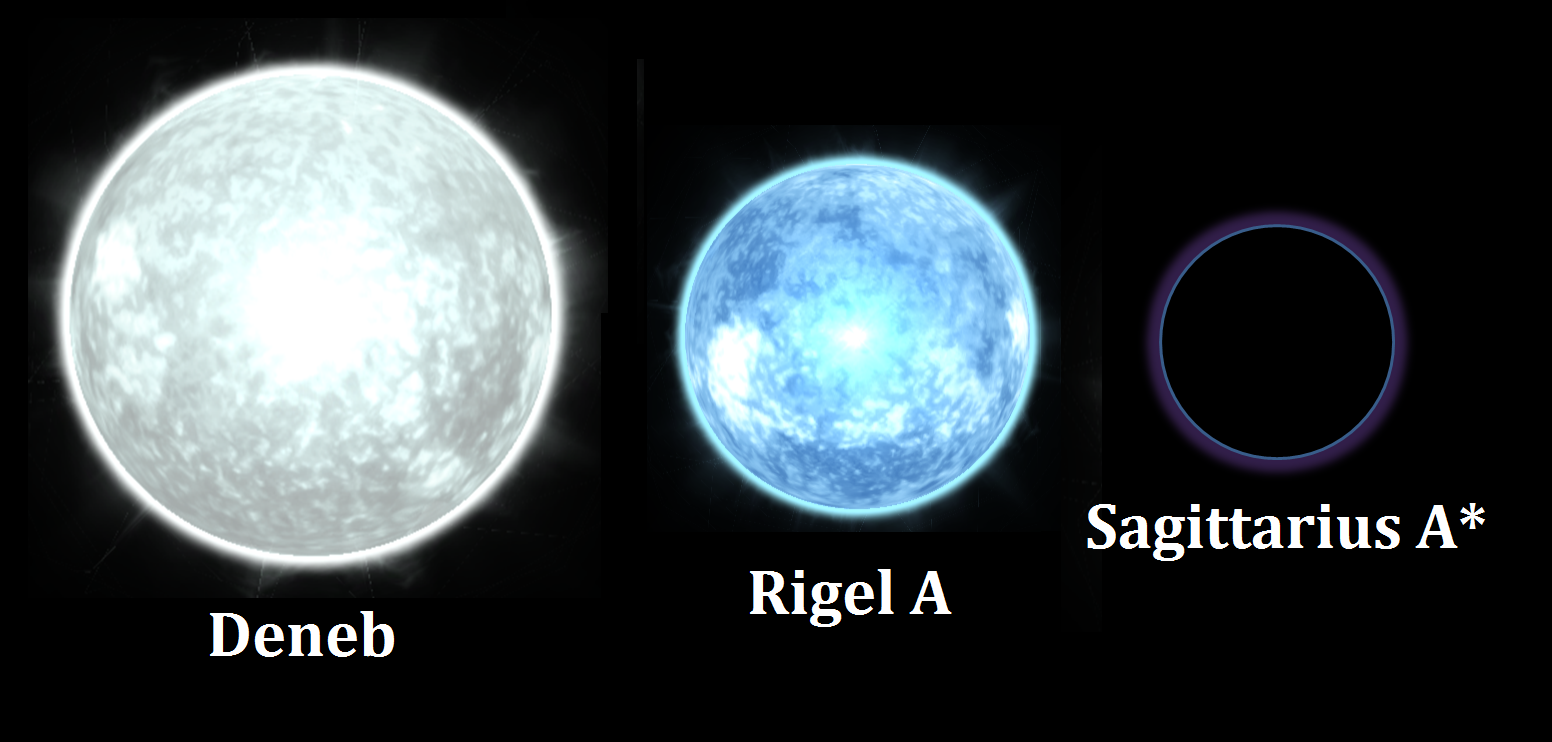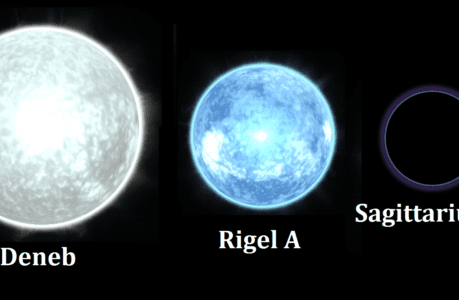Deneb is a bright star located in the constellation Cygnus, also known as the Swan. It is one of the brightest stars in our night sky, with a visual magnitude of 1.25. Deneb is also one of the largest and most luminous stars in the Milky Way galaxy. In this essay, we will explore the characteristics of Deneb, its location in the night sky, and its historical significance.
Characteristics of Deneb
Deneb is classified as a type A supergiant star, which means it is a massive star that has exhausted the hydrogen in its core and is now fusing heavier elements. It is estimated to be between 100,000 and 200,000 times more luminous than the Sun, and has a surface temperature of around 8,500 Kelvin. Deneb is also one of the largest stars known, with a radius estimated to be 100 times that of the Sun.
One of the most notable features of Deneb is its variability. It is classified as an Alpha Cygni variable, which means that its brightness fluctuates over time. The variability of Deneb is caused by changes in its outer atmosphere, which can expand and contract, leading to changes in its brightness. The period of variation for Deneb is approximately 1.25 days, with a maximum brightness variation of about 0.1 magnitudes.
Location of Deneb
Deneb is located in the constellation Cygnus, which is also known as the Northern Cross. It is one of the most prominent constellations in the northern hemisphere, and is easily visible during the summer months. Cygnus is located along the Milky Way, which makes it a popular target for stargazers and astronomers alike.
Deneb is located at a distance of approximately 1,550 light years from Earth. Despite this great distance, it is still one of the brightest stars in the night sky. Its brightness and location make it a popular target for amateur astronomers, who often use it as a reference point for locating other stars and objects in the night sky.
Historical Significance of Deneb
Deneb has a long history of significance in various cultures around the world. In ancient Egypt, it was known as the star of the goddess Isis, and was associated with fertility and rebirth. In ancient Greece, Deneb was one of the stars that made up the constellation Lyra, which was said to represent the lyre of the mythical musician Orpheus.
In Chinese astronomy, Deneb was known as the tail of the celestial swan. The swan was said to represent the goddess of the heavens, and Deneb was a symbol of her grace and beauty. In Hindu mythology, Deneb was associated with the god Brahma, and was said to represent knowledge and enlightenment.
In modern times, Deneb has played an important role in astronomy and astrophysics. Its brightness and variability make it a popular target for researchers who study the evolution and behaviour of supergiant stars. Deneb has also been used as a reference point for measuring distances in our galaxy, as well as for studying the interstellar medium and the effects of stellar winds.
Deneb is a remarkable star that has captured the imagination of people around the world for thousands of years. Its size, luminosity, and variability make it an important object of study for astronomers and astrophysicists. Its historical significance in various cultures adds to its allure and makes it an important part of human cultural history.
Whether viewed through a telescope or appreciated through the eyes of ancient cultures, Deneb is a shining example of the beauty and complexity of the universe. It serves as a reminder of our place in the cosmos and the endless possibilities for discovery and exploration that await us. As we continue to study and learn about Deneb and other celestial objects, we gain a greater understanding of the universe and our place within it.
What causes Deneb’s Variability
Deneb’s variability is caused by changes in its outer atmosphere. As a type A supergiant star, Deneb has exhausted the hydrogen in its core and is now fusing heavier elements. This fusion process generates energy, which creates a pressure that pushes outward against the force of gravity that is trying to compress the star. This results in a balance between the two forces, which helps to maintain the star’s size and shape.
However, as Deneb fuses heavier elements, it produces a tremendous amount of energy, which can cause its outer atmosphere to expand and contract. These changes in the outer atmosphere can result in changes in the star’s brightness, which is why it is classified as an Alpha Cygni variable.
The exact mechanism for Deneb’s variability is not fully understood, but it is believed to be related to the pulsation of its outer layers. As the outer layers expand and contract, they become cooler and hotter, respectively, which can lead to changes in the star’s brightness. The period of variation for Deneb is approximately 1.25 days, which is consistent with the pulsation model.
Deneb’s variability has made it an important object of study for astronomers and astrophysicists. By studying its changes in brightness, researchers can learn more about the properties and behaviour of supergiant stars. This, in turn, can help us better understand the processes that govern the evolution of stars and the universe as a whole.
Where does the name come from?
The name “Deneb” is derived from the Arabic word “dhaneb,” which means “tail.” This is because Deneb is located at the tail of the constellation Cygnus, which is also known as the Northern Cross. The name reflects the long history of astronomy in the Arab world, which played a significant role in the development of modern astronomy.
The Arabic name for Deneb was originally used by astronomers in the mediaeval Islamic world, who made important contributions to the field of astronomy during the Golden Age of Islam. These astronomers made many important discoveries and observations, including the development of the astrolabe and the invention of the decimal point.
Over time, the name “Deneb” became widely used in Western astronomy as well, and is now the standard name for the star. The name reflects the long history of cross-cultural exchange and collaboration in astronomy, which has played a key role in advancing our understanding of the universe.
How can I find Deneb
Deneb is a bright star that is easily visible in the night sky. It is located in the constellation Cygnus, which is also known as the Northern Cross. To find Deneb, you can use the following steps:
- Locate the constellation Cygnus: Cygnus is a prominent constellation in the northern hemisphere and is easily visible during the summer months. It is located along the Milky Way, which makes it easy to find.
- Find the Northern Cross: Once you have located Cygnus, look for the Northern Cross, which is the most recognizable feature of the constellation. The Northern Cross is made up of four bright stars, with Deneb located at the top of the cross.
- Look for the brightest star at the top of the cross: Deneb is the brightest star at the top of the Northern Cross. It has a visual magnitude of 1.25, which makes it one of the brightest stars in the night sky.
If you have trouble locating Cygnus or the Northern Cross, you can use a star chart or a stargazing app to help guide you. These resources can help you identify the constellations and stars in the night sky, and can make it easier to locate Deneb and other celestial objects.

